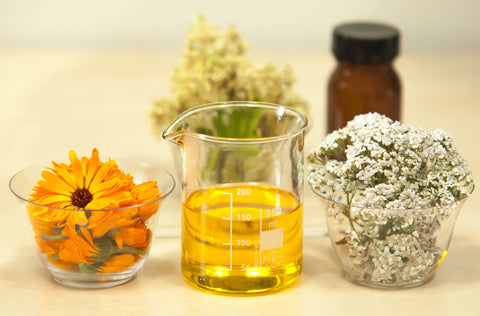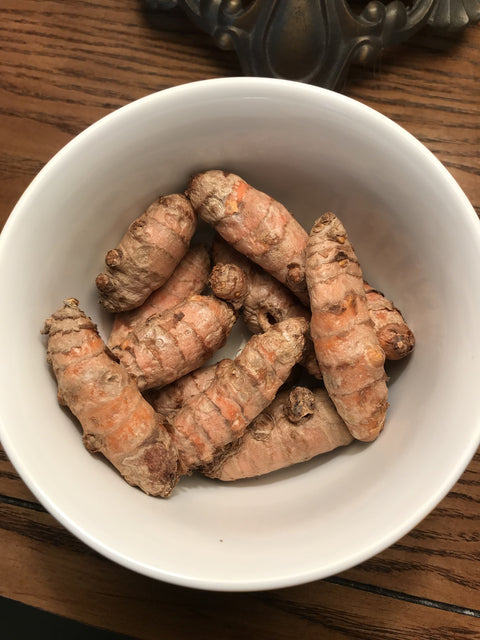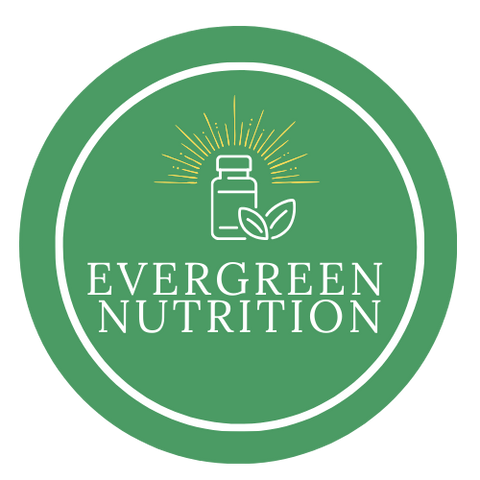A Balanced Diet Helps Balance pH
The inflammatory process in the body is inextricably linked with diet and nutrition. One major factor in chronic inflammation, whether joint or muscle pain or a more general systemic condition, is the acid/alkaline balance in the body. An excess of acid forming foods and drinks places a strain on the digestive system, liver, kidneys and bloodstream, in turn exacerbating chronic inflammation. As well, an acidic system creates free radicals which further damage tissues and contribute to inflammation. In addition to lacking vital nutrition, the acidic food culprits such as the whitesrefined flour and sugarultimately can lead to other damaging conditions such as osteoporosis since the body will pull alkalizing calcium and magnesium from bones in order to create an alkaline homeostasis in the bloodstream.Go for the Green
One easy way to increase alkalinity in the diet is with green foods. The color green signifies a magnesium content due to the chlorophyll, therefore any green vegetable, cereal grass or micro-algae will alkalize the system, helping to reduce acidity and inflammation. In addition to the alkaline properties of these foods, the numerous antioxidants and other phytochemicals present impart their own benefits. Barley grass and wheat grass contain high levels of superoxide dismutase, a powerful antioxidant enzyme which is the bodys own free-radical defender and is highly anti-inflammatory, shown to support synovial fluid in joints. Wheat grass andbarley grass products do not contain gluten, as they are the grass portion of the plant prior to formation of the gluten-containing seed.Another easy way to increase alkalinity is to drink mineralized alkaline water.Santevia water pitchers not only alkalize water by adding essential minerals, they also remove chlorine.
Healthy Omegas
 A healthy balance of omega-3 to omega-6 fatty acids is essential to a healthy inflammation response in the body. The omega-3 fats are anti-inflammatory, essentially helping to lubricate and support joints and tissues, while in general the omega-6 fats are the opposite and should be avoided. The standard American diet contains an unhealthy ratio of omega-6 to omega-3 due to the oils found in processed foods, such as canola and corn. One exception to bad omega-6 fats is Gamma Linolenic Acid (GLA), which is found inborage ,black currant andevening primrose oils and is a powerful anti-inflammatory with a specific affinity for the skin, benefiting psoriasis, eczema and even wrinkles. There are blends of omega fats available which contain oils like flax, hemp or fish for omega-3, borage for omega-6, and even healthy omega-7 from sea buckthorn oil which is beneficial for mucous membranes of the uro-genital tract and is also a boon for healthy smooth skin.
A healthy balance of omega-3 to omega-6 fatty acids is essential to a healthy inflammation response in the body. The omega-3 fats are anti-inflammatory, essentially helping to lubricate and support joints and tissues, while in general the omega-6 fats are the opposite and should be avoided. The standard American diet contains an unhealthy ratio of omega-6 to omega-3 due to the oils found in processed foods, such as canola and corn. One exception to bad omega-6 fats is Gamma Linolenic Acid (GLA), which is found inborage ,black currant andevening primrose oils and is a powerful anti-inflammatory with a specific affinity for the skin, benefiting psoriasis, eczema and even wrinkles. There are blends of omega fats available which contain oils like flax, hemp or fish for omega-3, borage for omega-6, and even healthy omega-7 from sea buckthorn oil which is beneficial for mucous membranes of the uro-genital tract and is also a boon for healthy smooth skin.Remember, you are what you eat. The first way you can control inflammation is through a healthy diet. Don't forget appropriate amounts of water, itself a lubricant to tissues.



